Psychedelics are once again at the centre of scientific and cultural curiosity. Substances like psilocybin, LSD, and DMT are being studied for their ability to reshape brain activity in ways that support healing, creativity, and self-discovery. At the heart of this conversation lies neural criticality the brain’s natural balance point between order and chaos.
When the mind is too ordered, thinking becomes rigid and repetitive. When it’s too chaotic, thoughts scatter without direction. Neural criticality is the “sweet spot” between the two: stable enough to stay grounded, yet flexible enough to generate fresh insights. Research suggests psychedelics can guide the brain closer to this adaptive state, temporarily reorganising neural networks, boosting creativity, and even dissolving the boundaries of the self.
What Is Neural Criticality?
Imagine your brain as a vast web of conversations. If the same small group dominates, the system grows repetitive (too much order). If everyone speaks at once, it’s noisy and incoherent (too much chaos). Neural criticality sits at the midpoint where communication flows freely but coherently. In this state, the brain is agile, adaptable, and primed for insight.
How Do Psychedelics Influence the Brain’s Balance?
Brain scans show that under psychedelics, regions that rarely “talk” begin to exchange information. This creates increased entropy a more varied, less predictable flow of activity. In simple terms, the brain steps out of routine, exploring new connections. Scientists describe this as movement toward the edge of chaos, a fertile zone for creativity, healing, and expanded perception.
What Role Does Brain Network Flexibility Play in Creativity?
When brain networks loosen their usual boundaries, flexibility increases. This flexibility allows:
-
Creative breakthroughs: Exploring new “side roads” between ideas and sensations.
-
Therapeutic openings: Breaking free from loops of trauma, anxiety, or depression.
-
Expanded perception: Seeing familiar experiences from entirely new perspectives.
Artists, scientists, and patients alike have reported these moments as profound catalysts for change.
What Is Ego Dissolution?
One hallmark of psychedelic states is ego dissolution the softening of boundaries between “self” and world. Neuroscience links this to reduced activity in the default mode network, the hub of self-focused thought. As this system quiets down, other networks connect more freely, giving rise to feelings of unity, expansiveness, and deep connection. For many, this shift brings insights that linger well beyond the psychedelic session.
Why Does This Matter for Therapy?
Psychedelics don’t hold the brain in a chaotic state indefinitely. Instead, they create short-lived windows of flexibility a chance to reorganise thought patterns before returning to stability. This reset effect may explain their potential in treating depression, PTSD, and addiction, where mental loops often dominate. Integration practices such as journaling, therapy, meditation, or creative expression help sustain these insights in daily life.
What Does the Research Say?
-
Brain imaging confirms that psychedelics temporarily increase connectivity between distant brain regions.
-
Studies suggest this aligns with neural criticality, supporting adaptability and cognitive flexibility.
-
Future directions may include personalised psychedelic therapy, tailoring dosage and context to each person’s natural brain rhythms.
Where Does Technology Fit In?
Just as psychedelics can nudge the brain toward flexibility, modern neurotechnology is exploring similar frontiers without substances. Tools like neuroVIZR use light and sound to guide the brain into dynamic states of synchrony and variability, offering non-pharmacological ways to access balance, creativity, and calm.
Conclusion: Psychedelics and the Edge of Mind’s Potential
Psychedelics don’t simply add colour to perception they temporarily guide the brain into its most adaptive mode: a balance between order and chaos. By boosting flexibility, reorganising networks, and softening the ego’s grip, they open space for creativity, healing, and transformation. Neural criticality helps us understand these states not as random chaos, but as purposeful shifts toward resilience and adaptability. As research deepens, we may find these altered states aren’t escapes from reality but profound ways of returning to it with greater clarity, balance, and openness.

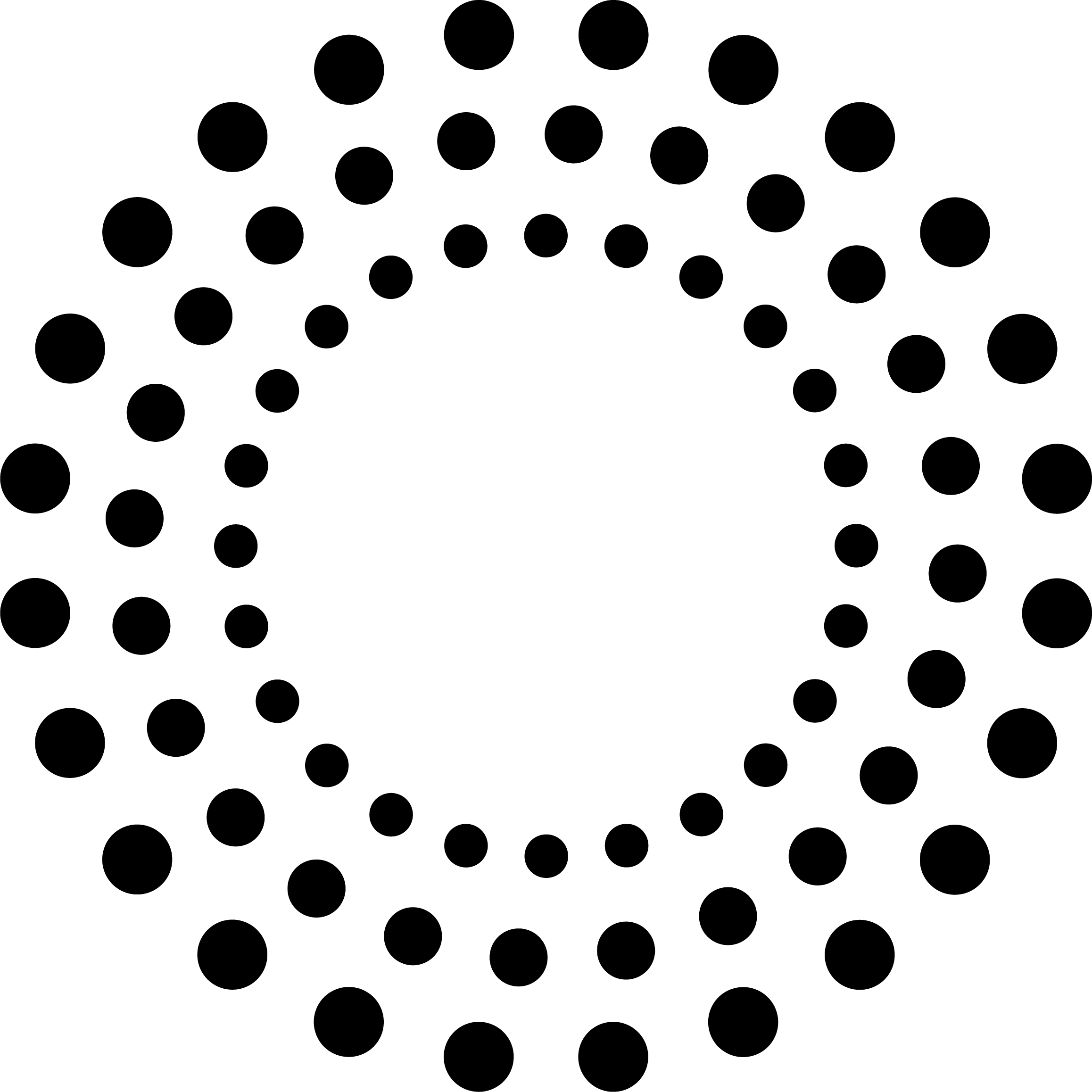

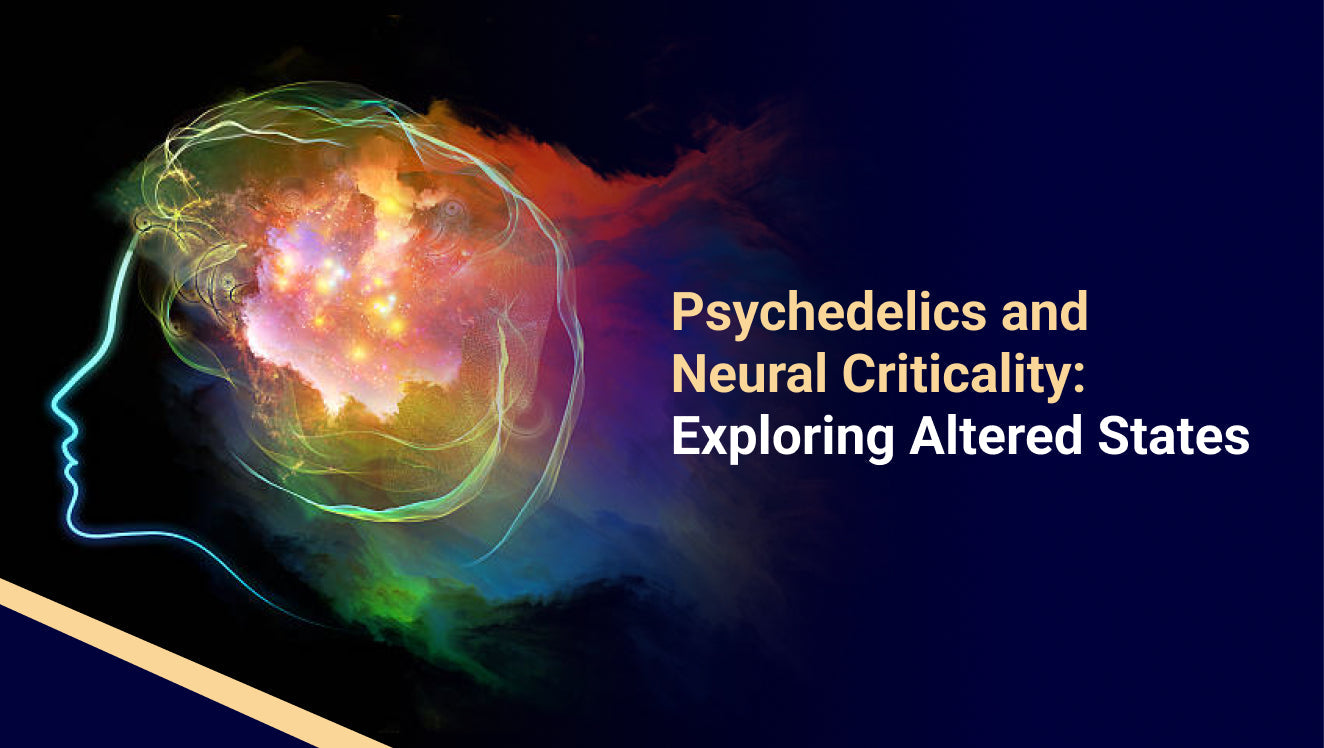

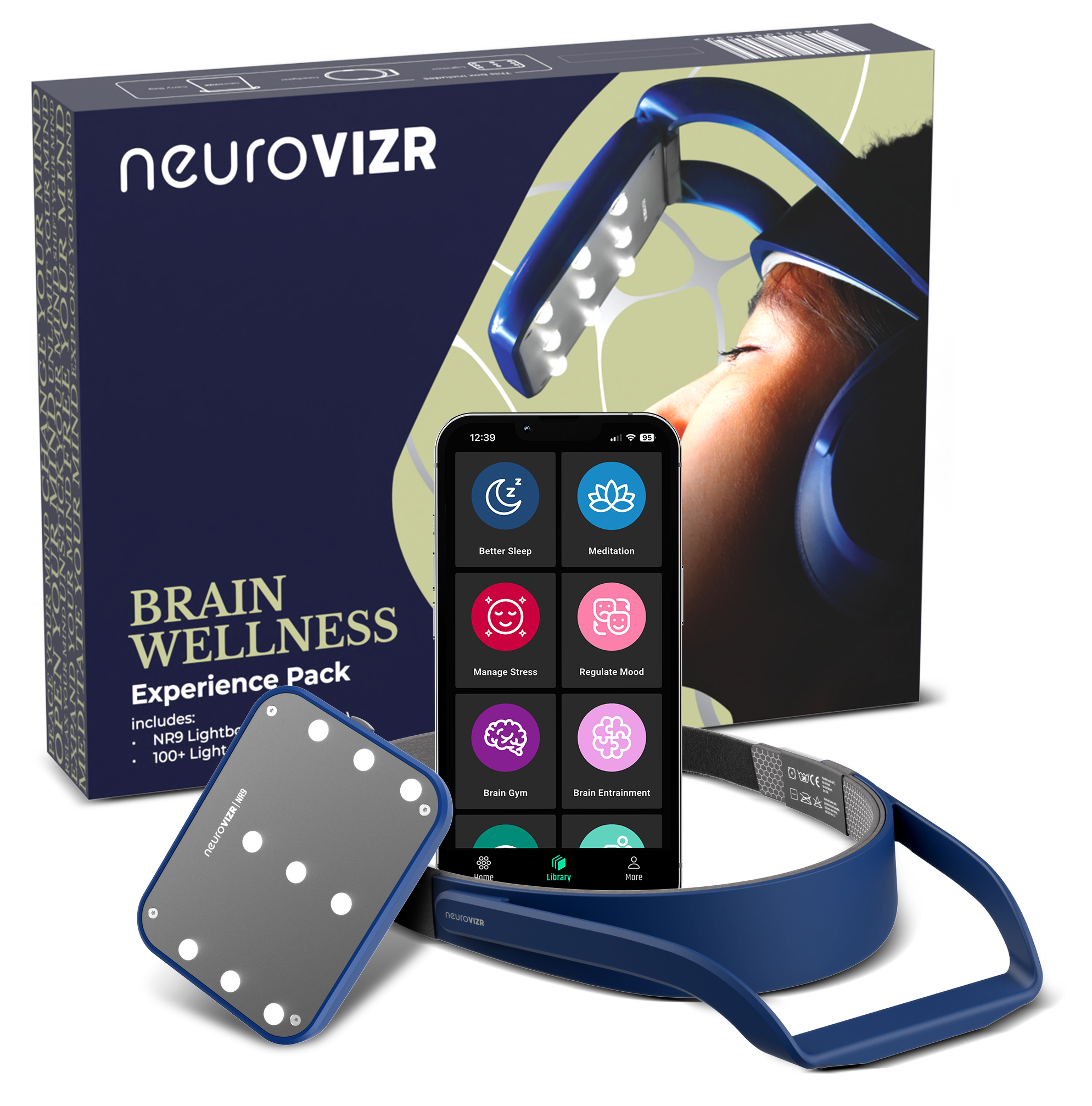


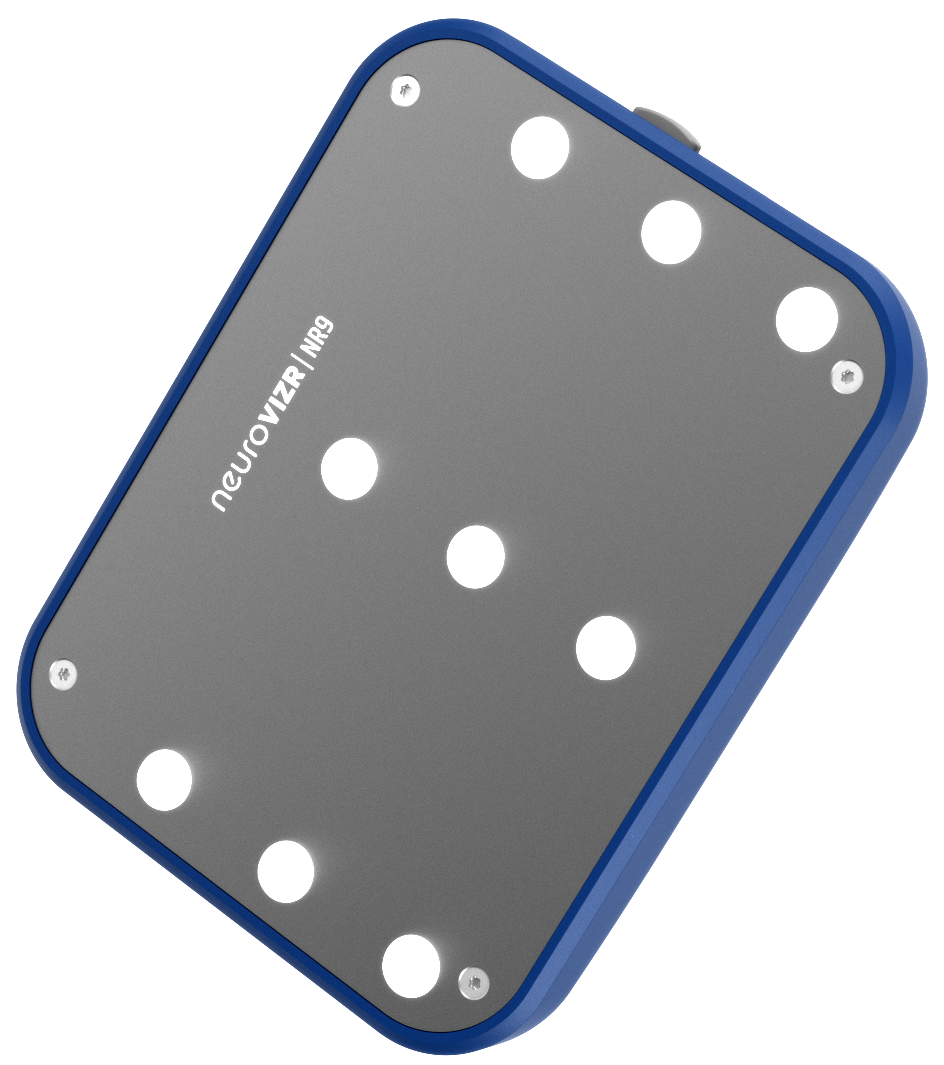
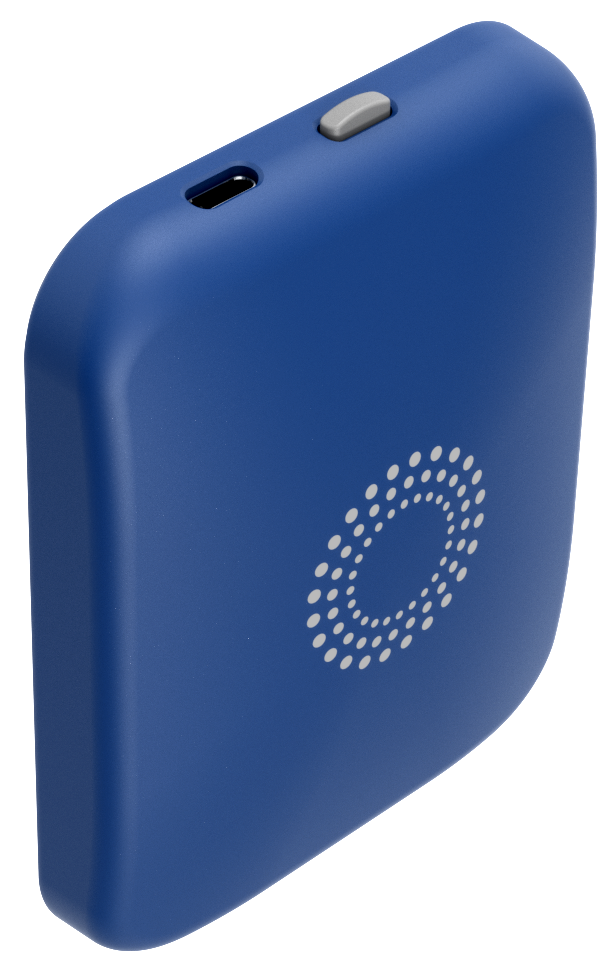
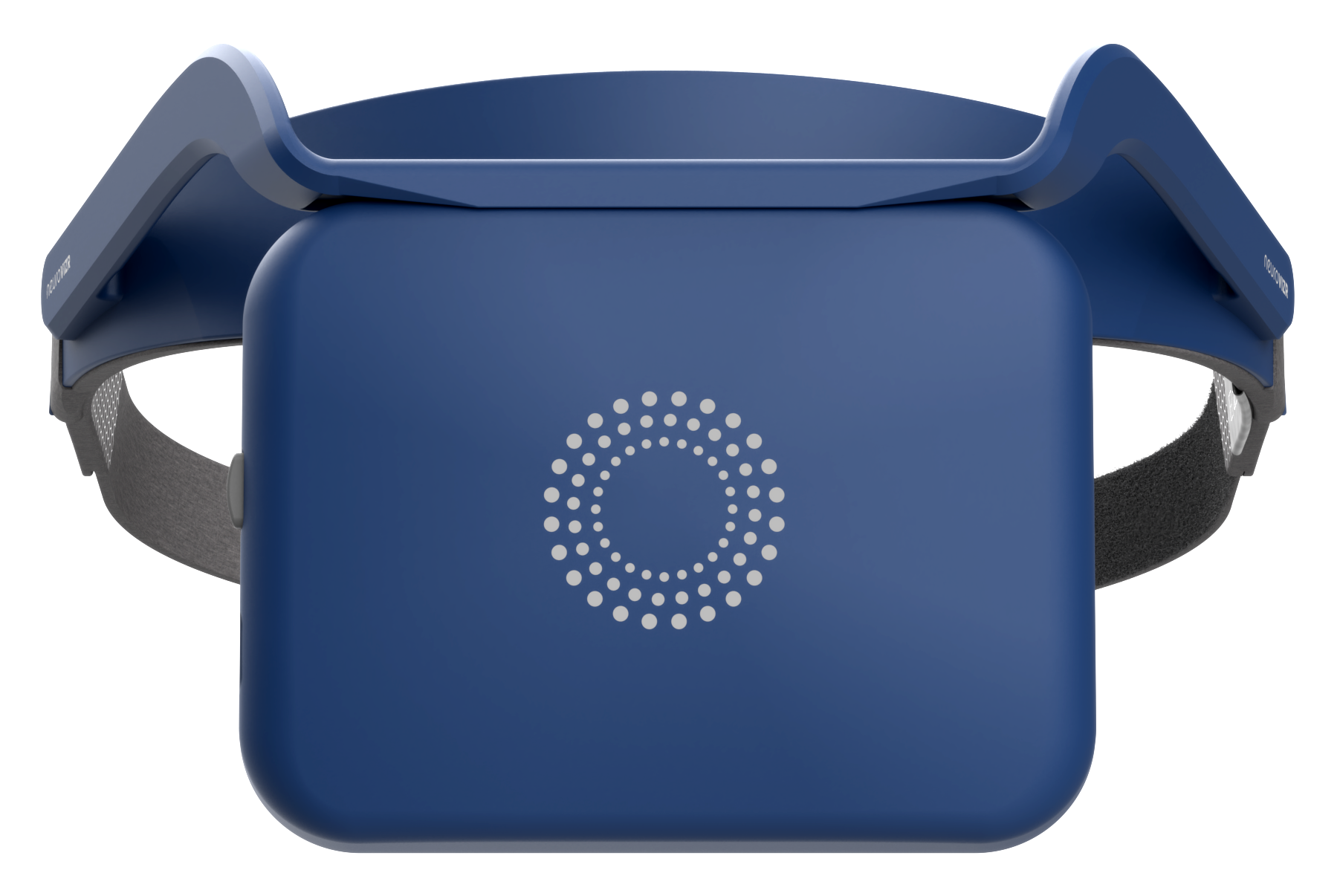
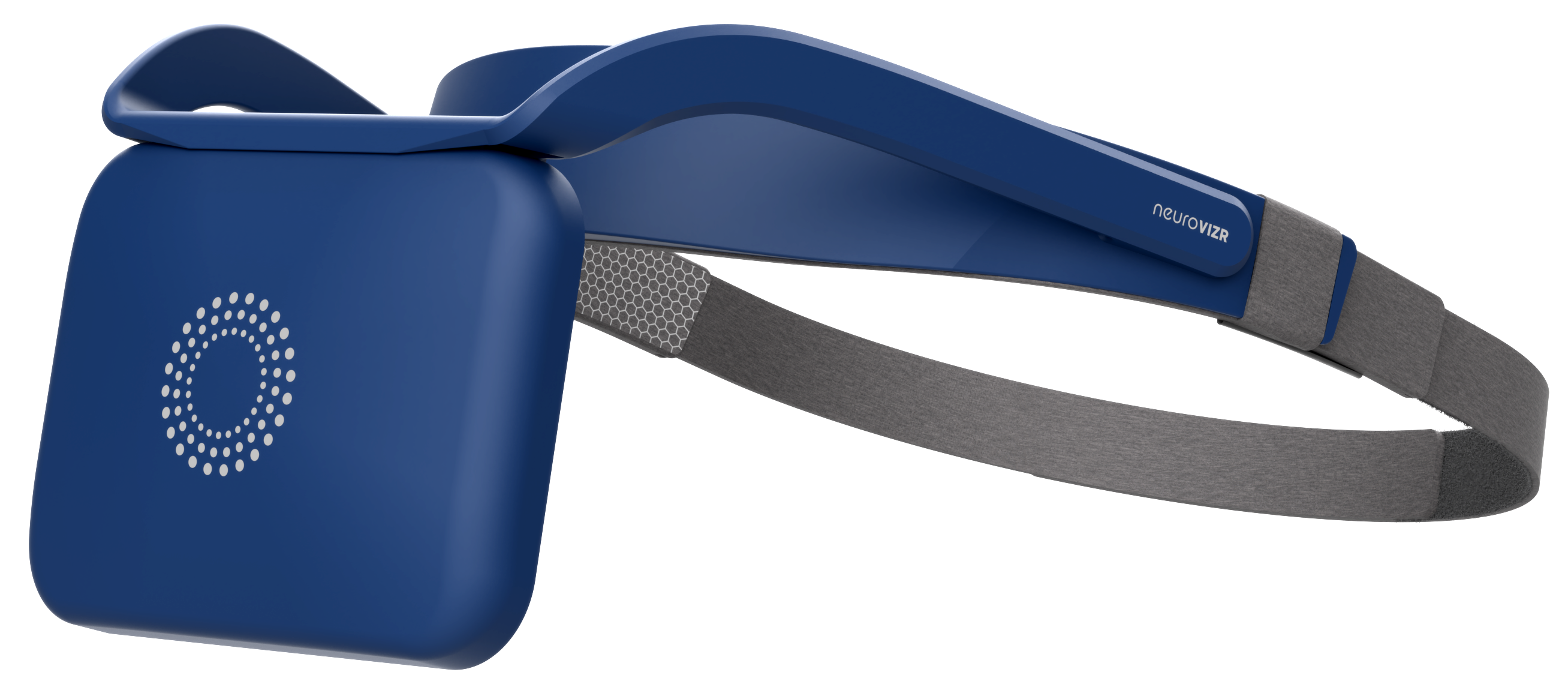

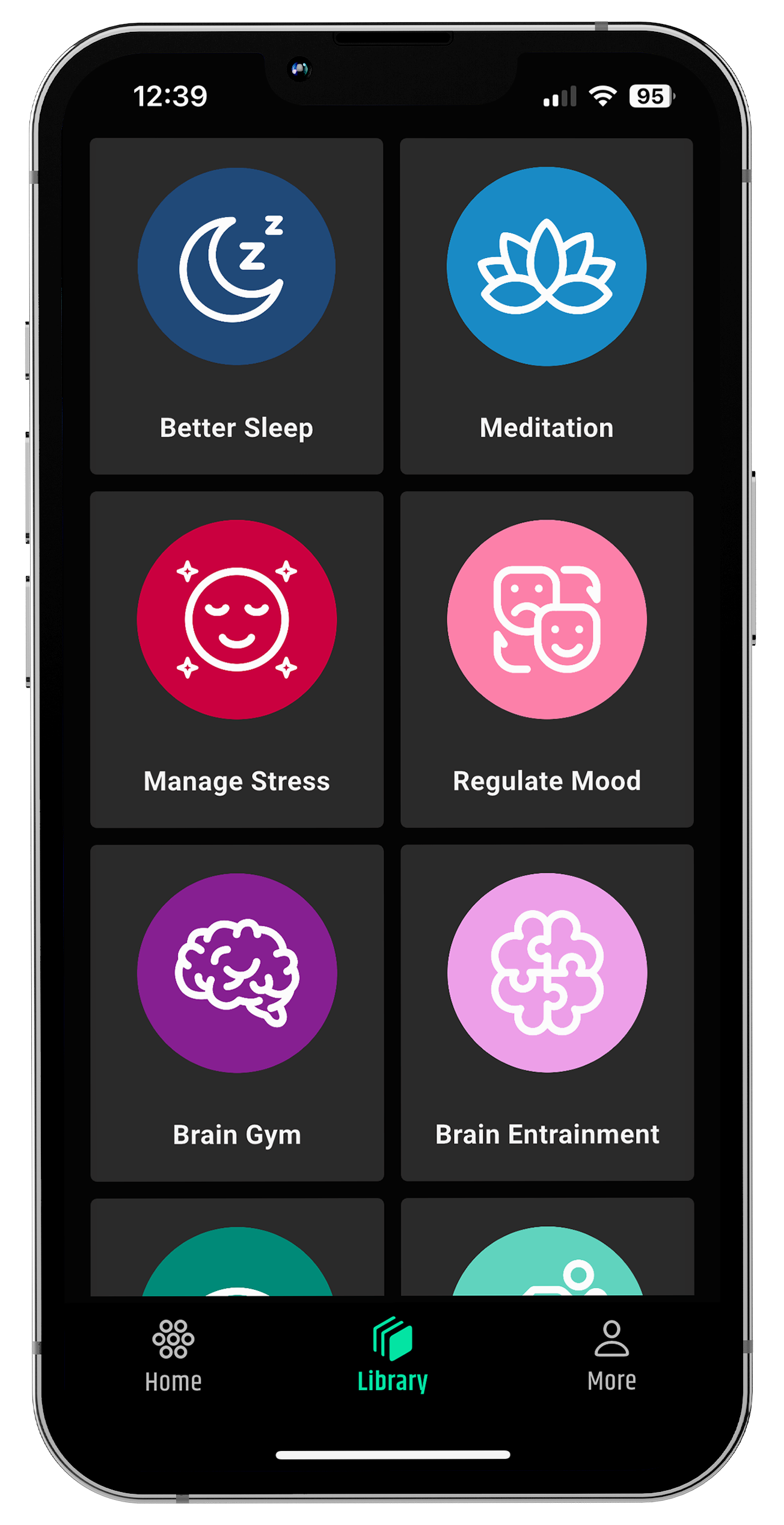
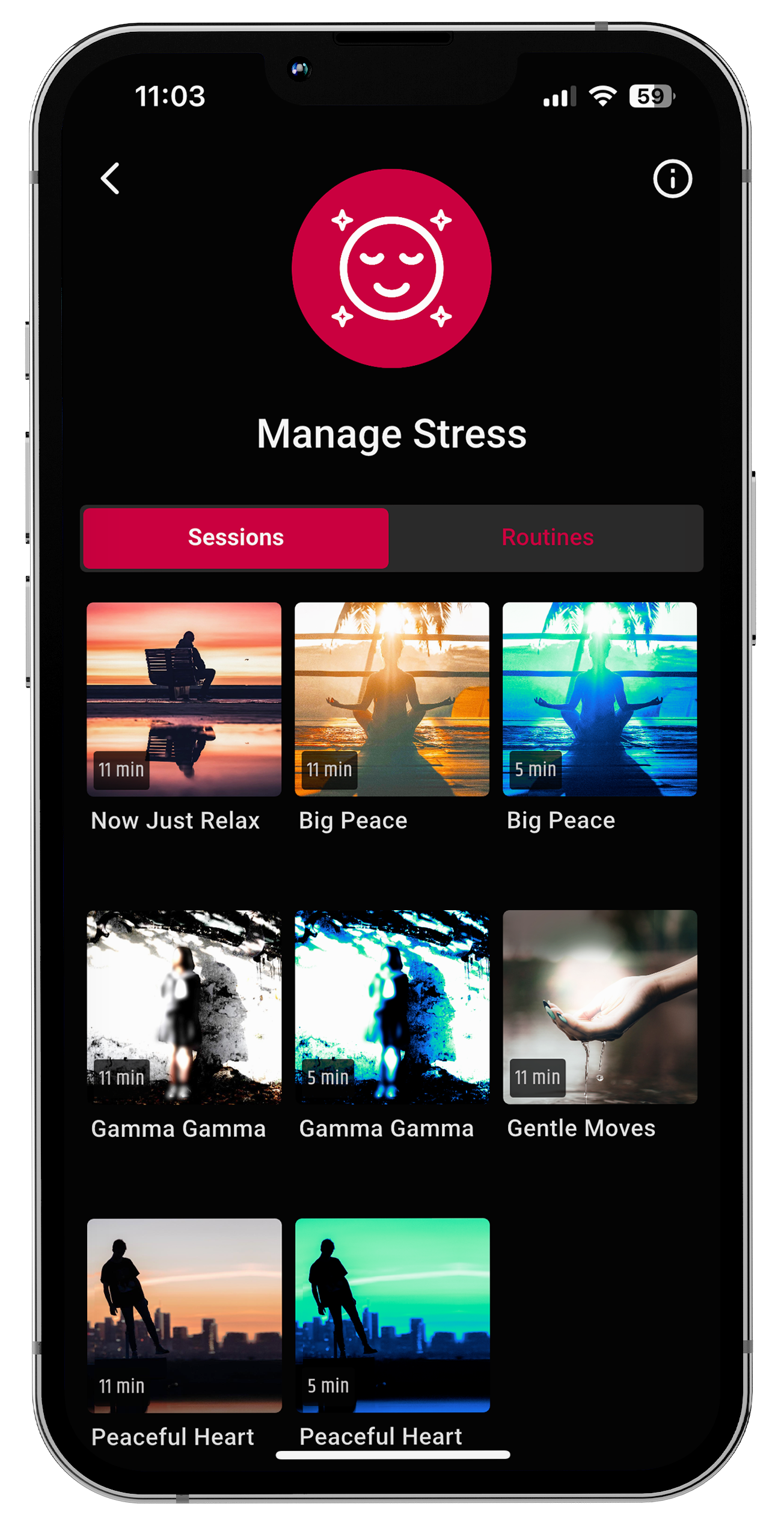
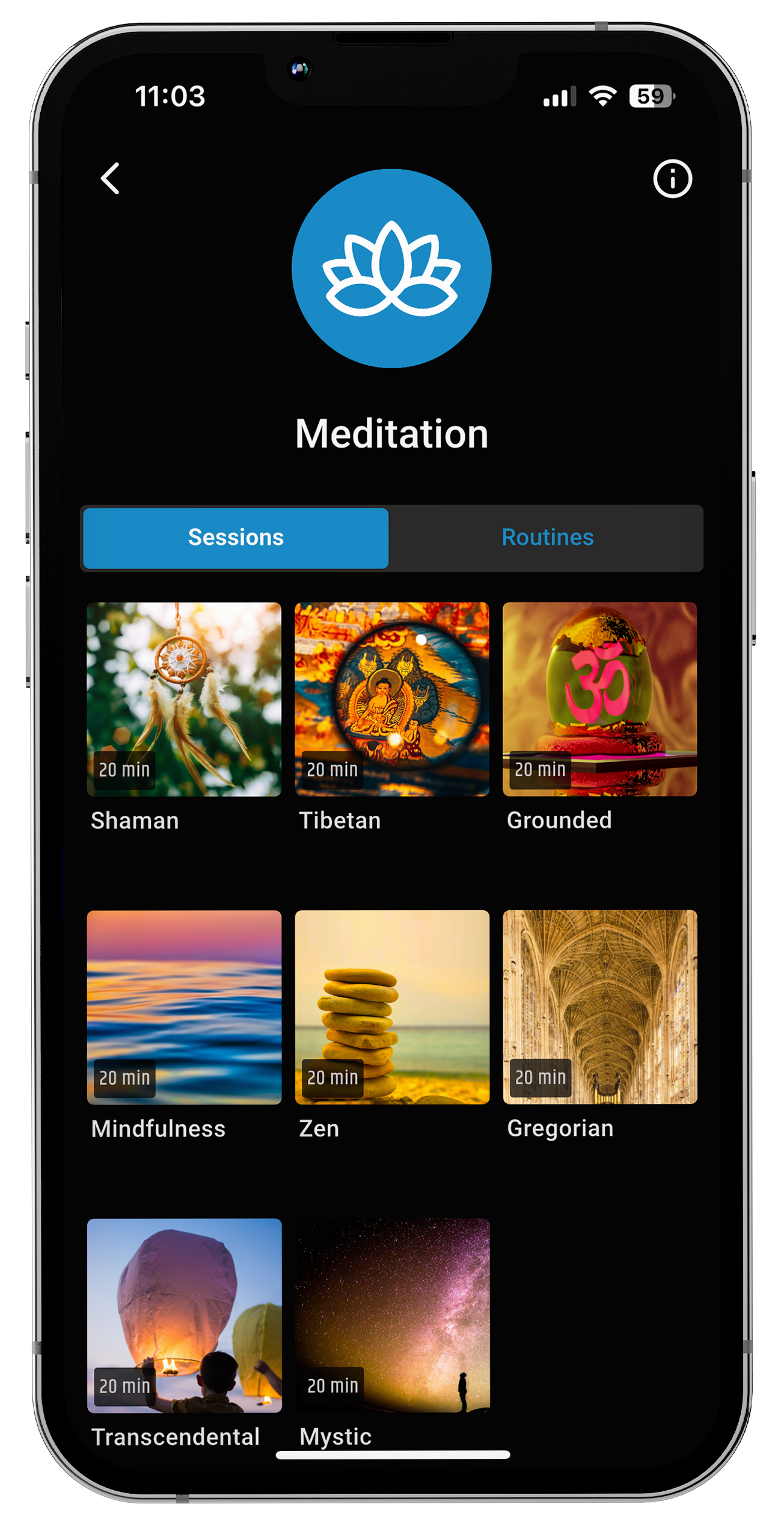
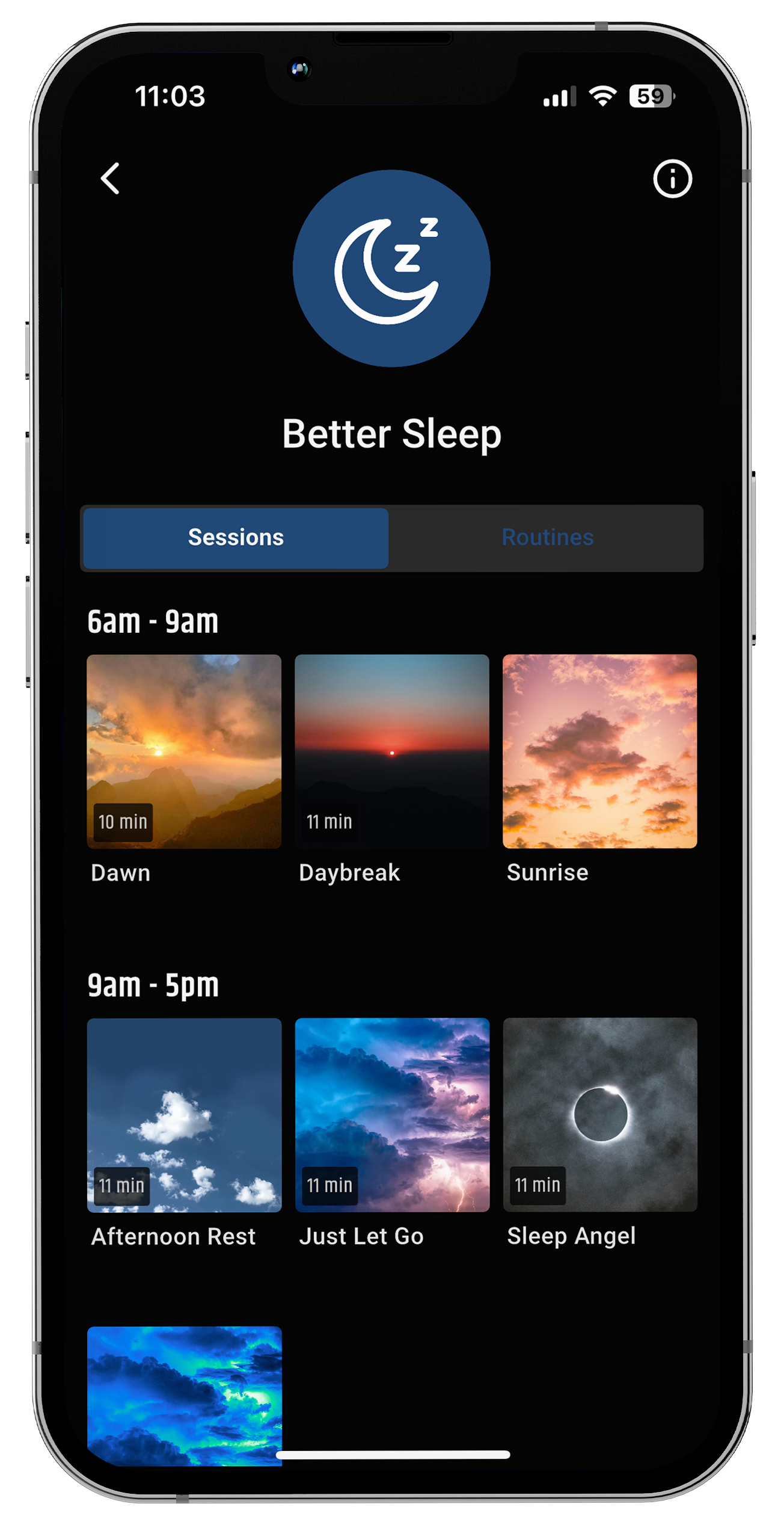
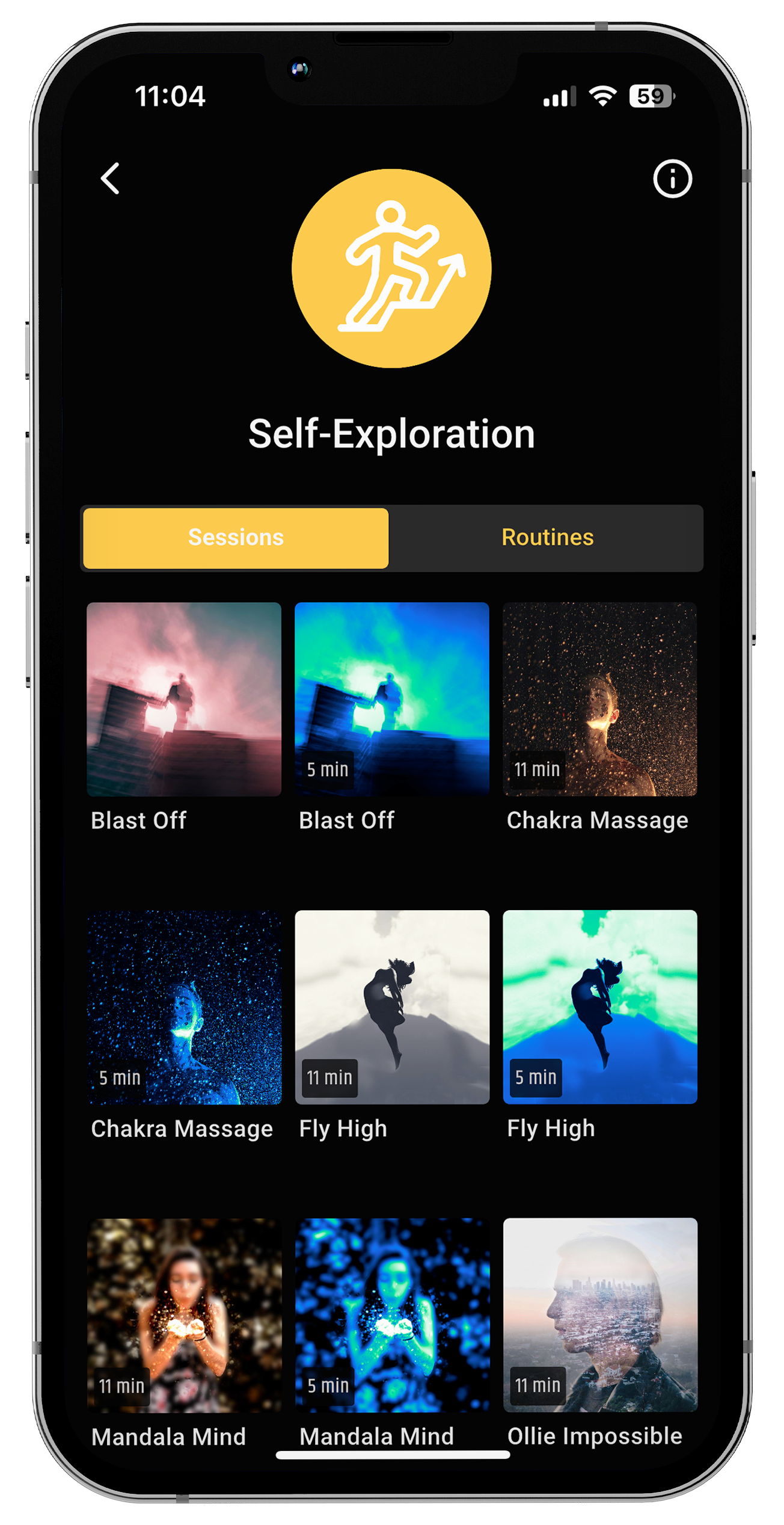



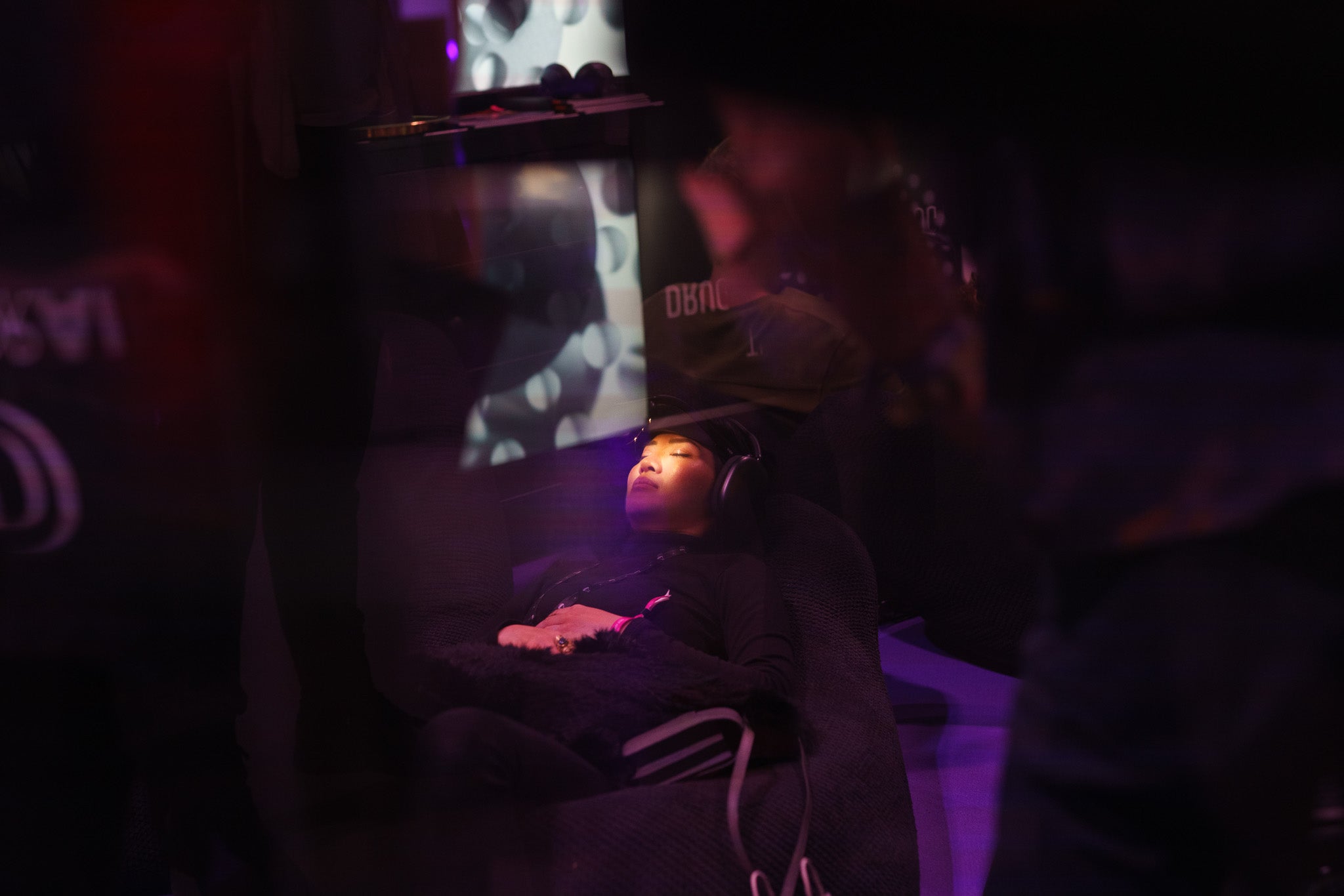




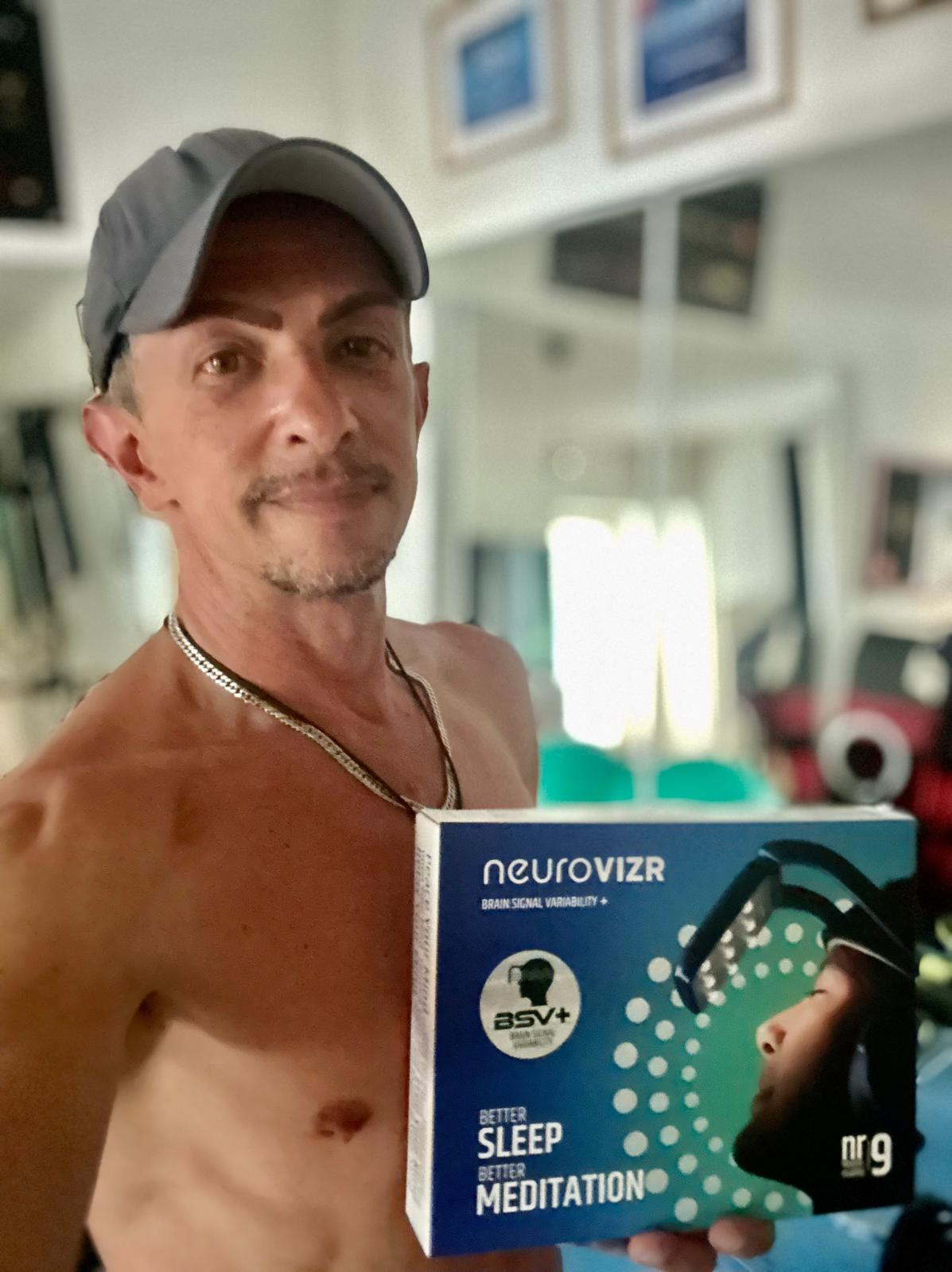
Share:
Psychedelic Integration Without Drugs: Unlocking Your Mind Naturally